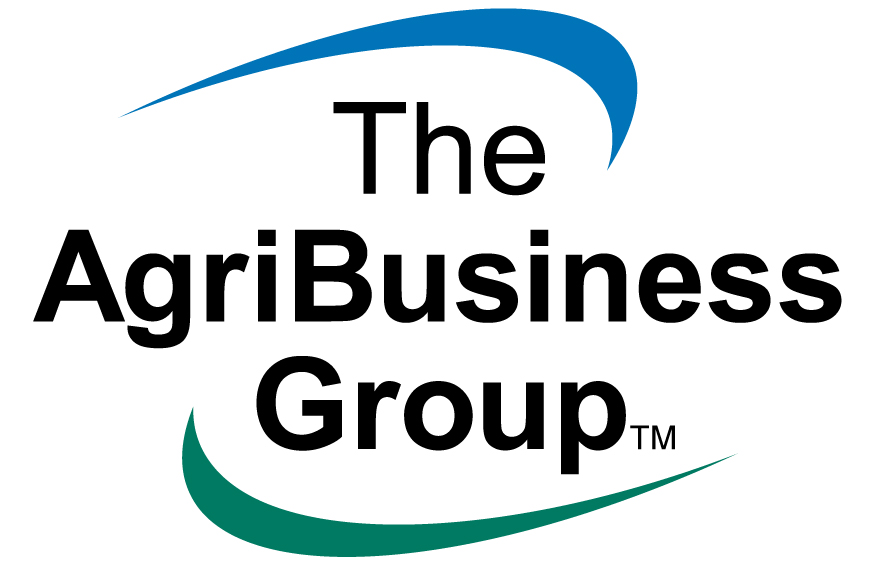Harvesting Kale - A Solution in Times of Drought?
What would you do? Due to prolonged drought, the only feed you have on your farm is a few paddocks of kale. You have multiple classes of stock to feed and not enough break fences or space to feed them all in-situ. Scargill Valley farmer Scott Hassall faced this situation in the Autumn of 2021. After a long hot summer with next to no rain, grass growth was minimal and many other crops had failed. A couple of kale crops had held on so Scott looked at the tools available to him. Scott decided to maximise the feed he had available and feed the capital stock he had left on the property – by harvesting the kale (instead of feeding in-situ).
Harvesting kale is not something most people immediately think of with this type of crop. Kale is traditionally grazed in-situ by all classes of stock – it is a versatile feed that can grow plenty of dry matter of reasonable quality. Scott had some useful tools and equipment at his disposal which helped in his decision making and thought processes. Using a mower, a silage chopper wagon and a standard silage feed out wagon, Scott set to the task of harvesting his kale and feeding it out.
Image 1: Scott Hassall’s Farm - Kale grazed (left) vs harvested (right)
The process was certainly machinery intensive. The daily process involved time spent in the tractor mowing, then chopping and feeding out. Not only did kale provide feed Scott also noticed other benefits through the process:
Utilisation of the crop was high; both from cutting in the paddock to the stock eating the harvested crop. The picture above shows where the last part of the crop had to be grazed on the left compared to the crop that was cut on the right.
Harvesting the crop left behind very little residue. No cultivation was required for it to go back into pasture. Scott noticed that the stock cleaned up everything that was fed out.
The whole kale plant is utilised. The kale plant is mown, chopped and fed out. As the picture above shows, when grazed in-situ many of the stalks are left behind as they are too dry and fibrous so stock prefer not to eat them. When the plant goes through the silage chopper the whole plant is chopped into small bits making it easier to eat.
Image 2. Harvesting kale is machinery intensive.
It looks like Scott is onto a winner. How we do we quantify the gains to both the farm and the environment? We want to know what the value of the whole plant is compared to just the leafy content generally consumed when grazing in-situ? How much additional fibre is eaten? As part of an Our Land and Water Rural Professionals Fund Project, Sarah from The AgriBusiness Group is answering these key questions, within the project, ‘Impacts of Dispersed Feeding’. Sarah will be analysing the impact on soil properties between harvested and in-situ kale paddocks. This includes compaction and nutrient loss in these situations, together with the nutritional profile of the whole plant being fed out.
Other testing aspects include:
Tractor hours and what that might mean in the Greenhouse Gas and Emissions space.
The cost of the specialist equipment a farmer would need to adopt this system.
Image 3 & 4 Initial soil compaction samples including infiltration testing, penetrometer and visual soil assessments.
Image 4
A benefit to this system is the reduced impact of pugging & compaction on the paddock. This means reduced nutrient loading that you get in an in-situ graze system. Pugging & compaction is an issue during winter months, not just from stock but also from vehicle movements. This system was introduced in Autumn after a very long dry summer. It is likely there would be a reduction in pugging & compaction if it were to be implemented over winter as stock are not grazing the crop. There would still be vehicle pugging & compaction to monitor.
We hypothesize that while stock are not intensively grazing in an in-situ situation this should lead to reduced nutrient loss through the soil profile. No additional nutrients are being added to the system from stock and there are no plants to uptake those nutrients. The stock are grazing in nearby grass paddocks that have no exposed soil. The harvested kale is spread out on the whole paddock rather than being break fed small sections each day – there may be an added nutrient advantage for these paddocks.
Project Partners
Our Project Partners are Simon Thorne, an Agronomist from Frame Grain and Seed, and Dr David Scobie from Agresearch.
Contact Sarah O’Connell at The AgriBusiness Group to find out more about this project.















